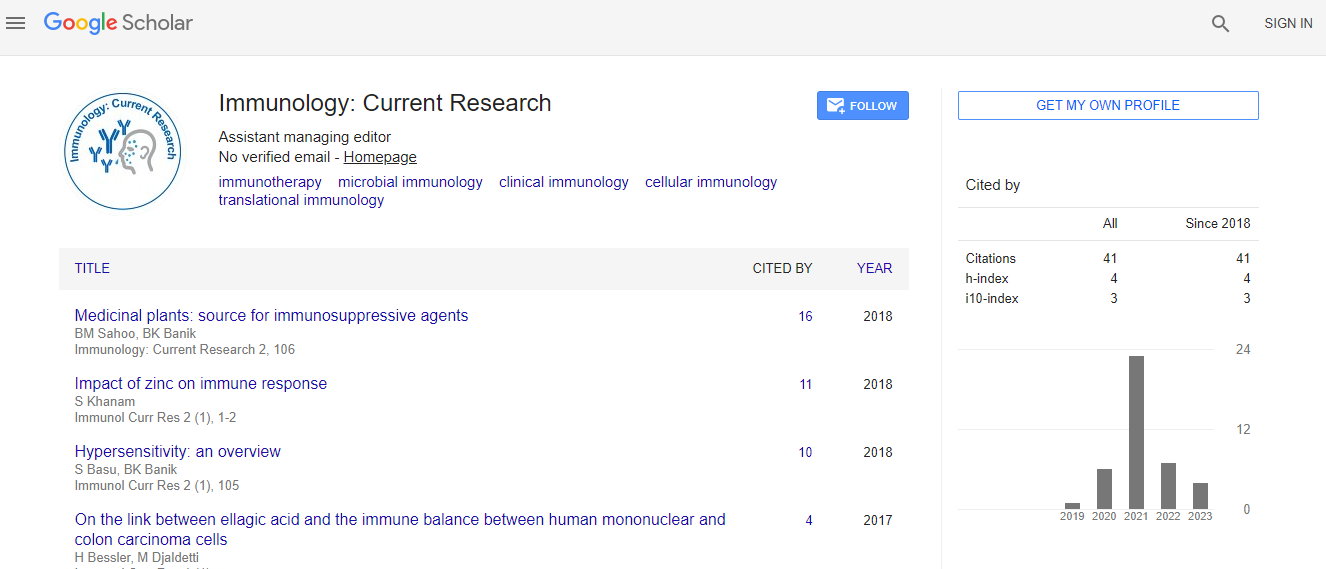The Neutrophil-To-Lymphocyte Ratio (NLR) and the Platelet-To- Lymphocyte Ratio (PLR) Prognostic Values in Decompensated Cirrhosis
*Corresponding Author:
Copyright: © 2019 . This is an open-access article distributed under the terms of the Creative Commons Attribution License, which permits unrestricted use, distribution, and reproduction in any medium, provided the original author and source are credited.
Abstract
Patients with decompensated cirrhosis present a state of chronic inflammation that results from an abnormal bacterial translocation and contributes to the development of circulatory dysfunction and failure.
Scoring systems such CHILD PUGH, chronic liver failure-sequential organ failure assessment (CLIF–SOFA) can help predict prognosis and consequently select patients requiring admission to intensive care unit.
Note: Decompensated cirrhosis may be a term that doctors use to explain the complications of advanced disease. People with compensated cirrhosis often do not have any symptoms because their liver remains properly functioning. Later liver function reduces, it can become decompensated cirrhosis. Decompensated cirrhosis is defined as an acute deterioration in liver function in a patient with cirrhosis and is characterized by jaundice, ascites, hepatic encephalopathy, hepatorenal syndrome or variceal haemorrhage.
Clinical trial data demonstrate that within the population of persons with decompensated cirrhosis, most patients receiving direct-acting antiviral (DAA) therapy experience improvement in clinical and biochemical indicators of disease between baseline and post treatment week twelve, includes patients with CTP a class C cirrhosis. Real-world data comparing DAA response rates demonstrate that patients with cirrhosis and hepatoma (HCC) have lower SVR rates than cirrhotics without HCC (Prenner, 2017); (Beste, 2017). In a large VA study including sofosbuvir, ledipasvir/sofosbuvir, and paritaprevir/ritonavir/ ombitasvir plus dasabuvir regimens (with and without ribavirin), overall SVR rates were 91% in patients without HCC versus 74% in those with HCC (Beste, 2017). After adjusting for confounders, the presence of HCC was associated with a lower likelihood of SVR (AOR=0.38). Whether this lower SVR are often overcome with an extended duration of therapy is unknown.

 Spanish
Spanish  Chinese
Chinese  Russian
Russian  German
German  French
French  Japanese
Japanese  Portuguese
Portuguese  Hindi
Hindi 
